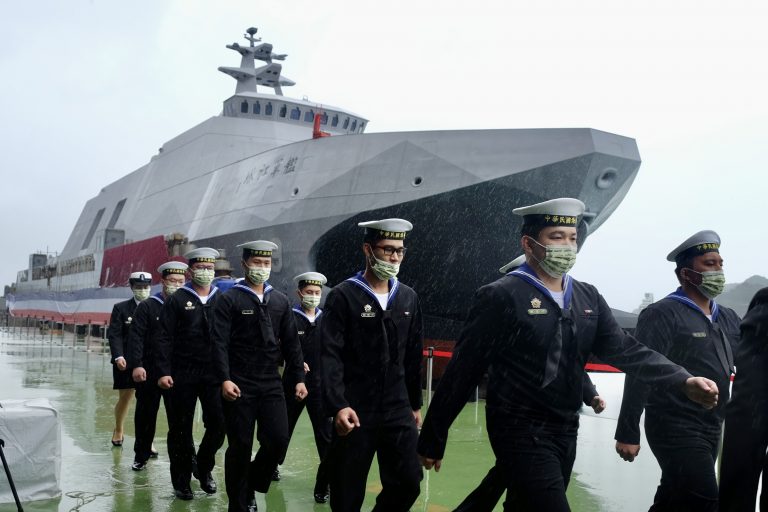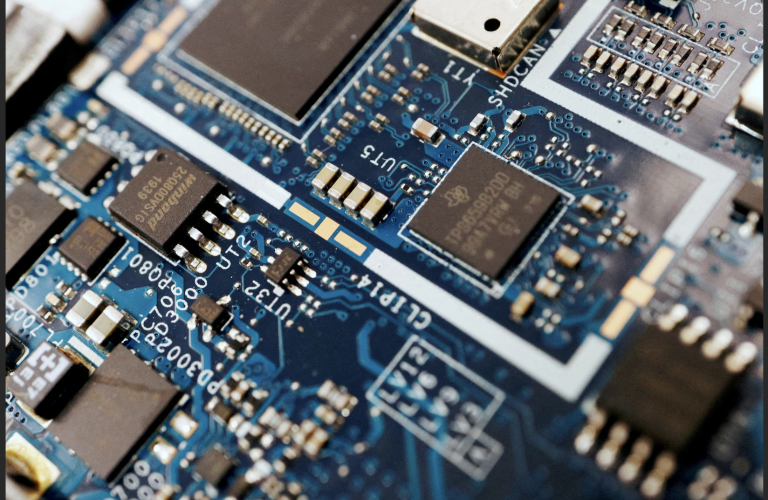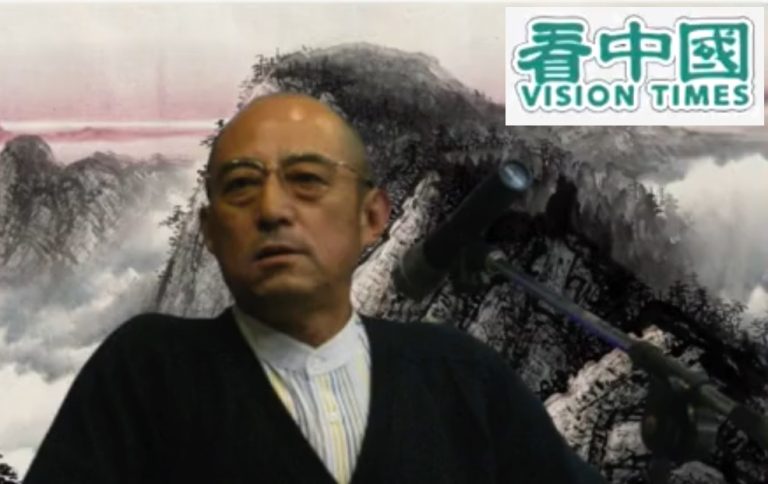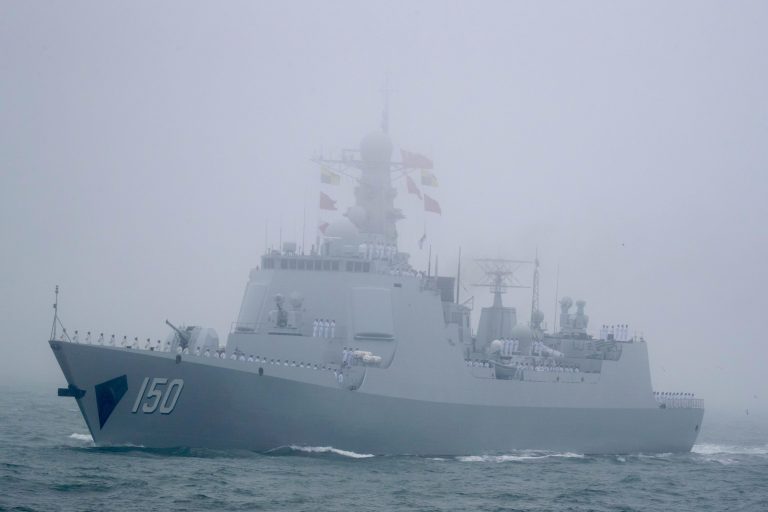The Republic of China (ROC) military will add 240 billion Taiwan dollars (US$8.7 billion) to its defense spending over the next five years to protect the island of Taiwan against the communist regime on mainland China, citing the “severe threats” posed by the Chinese Communist Party’s People’s Liberation Army (PLA).
Statements by ROC deputy minister of national defense Wang Shin-lung that the arms would consist of Taiwan-built ships and cruise missiles came after defense minister Joseph Wu described the democratically run island as a “sea fortress” standing in the way of Beijing’s belligerence.
“A democratic Taiwan plays a significant role in ensuring freedom of navigation in the Taiwan Strait and the South China Sea,” Wu said in a keynote speech at an online event held by the D.C.-based Global Taiwan Institute and attended by U.S. Rep. Ami Bera (D-Calif.) and David Stilwell, former assistant secretary at the State Department’s Bureau of East Asian and Pacific Affairs.
Wu referred to Taiwan’s position in the first island chain, which consists of the islands in the Western Pacific on China’s coast, from southern Japan to Indonesia. The PLA’s air and naval reach is stymied by the fact that the entirety of this region is held by countries allied with the United States or hostile to Beijing.
The second island chain includes central Japan and stretches through Guam to Papua New Guinea.
Success
You are now signed up for our newsletter
Success
Check your email to complete sign up
“The Chinese Communists have continued to invest heavily in national defense budgets, its military strength has grown rapidly, and it has frequently dispatched aircraft and ships to invade and harass our seas and airspace,” the Taiwanese defense ministry said.
To counter the mainland threat, the ROC military “is actively engaged in military building and preparation work, and it is urgent to obtain mature and rapid mass production weapons and equipment in a short period of time,” the defense ministry said in a Sept. 16 statement after a weekly Cabinet meeting.

‘Grey-zone’ conflict
Wu also warned that the CCP was using nationalist “irredentism” to stir up a conflict, while “waging an ideological warfare against democracy” and “attempting to reshape the rules-based international system to serve its own agenda” globally.
“It continues to infiltrate democracies with disinformation aiming to demolish our faith in democratic values,” Wu added. “These efforts intend to create the facade that [a] one-party system is more effective than [a] democratic system.”
Beijing has used such propaganda to cow the population of Hong Kong — which in 2019 and 2020 protested massively for democratic reforms — into submission to the CCP, eventually imposing a strict National Security Law on the territory, despite a 1984 promise to respect the former British colony’s political freedom.
READ MORE:
Taiwan Rebuffs Chinese Propaganda Claims That Afghanistan’s Fate Is an ‘Omen’ for the Island
In Taiwan, the opposition Kuomintang or Chinese Nationalist Party, which often takes a pro-Beijiang stance, used to be a staunchly anti-communist party that waged civil with the CCP on the mainland. In recent decades, however, the Kuomintang gave in to economic incentives and Beijing’s “united front” strategy, which conflated the Communist Party with the Chinese people and national identity.
“Taiwan’s experiences in confronting different threats from the CCP—including cyberattacks, ‘gray-zone’ tactics, disinformation, and ‘united front’ tactics—would be valuable knowledge for other countries,” Frank Fang of The Epoch Times writes, citing Wu’s speech.
Taiwan is currently governed by the Democratic Progressive Party (DPP), which promotes a separate Taiwanese identity and aims to achieve formal independence for the island.
Communist China considers “retaking” Taiwan to be a matter of utmost importance, and frequently intimidates Taiwan with flights of fighters and bombers, in addition to warships. On Sept. 5, the Taiwanese air defense forces detected 19 PLA air force fighters in its identification zone; another major incursion happened in June, with the PLA flying 28 planes into the ROC air defense zone in the Taiwan Strait.













